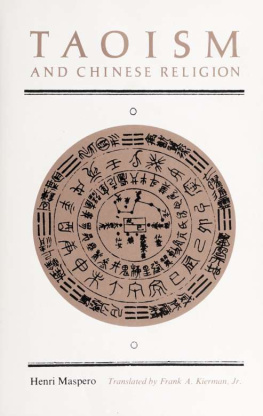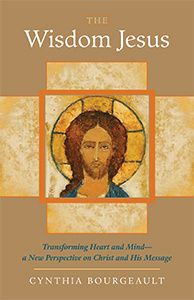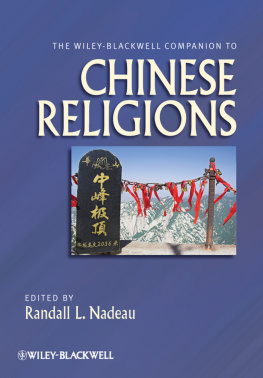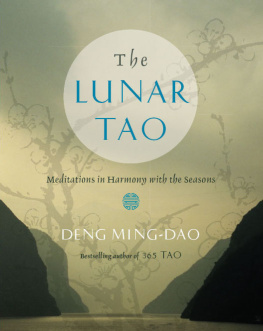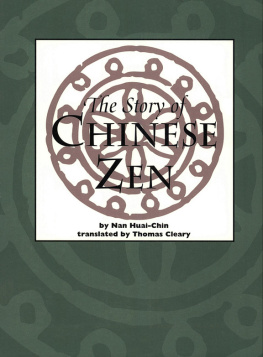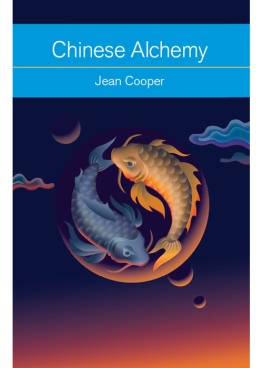Henri Maspero - Taoism and Chinese Religion
Here you can read online Henri Maspero - Taoism and Chinese Religion full text of the book (entire story) in english for free. Download pdf and epub, get meaning, cover and reviews about this ebook. year: 1981, publisher: University of Massachusetts Press, genre: Detective and thriller. Description of the work, (preface) as well as reviews are available. Best literature library LitArk.com created for fans of good reading and offers a wide selection of genres:
Romance novel
Science fiction
Adventure
Detective
Science
History
Home and family
Prose
Art
Politics
Computer
Non-fiction
Religion
Business
Children
Humor
Choose a favorite category and find really read worthwhile books. Enjoy immersion in the world of imagination, feel the emotions of the characters or learn something new for yourself, make an fascinating discovery.
- Book:Taoism and Chinese Religion
- Author:
- Publisher:University of Massachusetts Press
- Genre:
- Year:1981
- Rating:3 / 5
- Favourites:Add to favourites
- Your mark:
- 60
- 1
- 2
- 3
- 4
- 5
Taoism and Chinese Religion: summary, description and annotation
We offer to read an annotation, description, summary or preface (depends on what the author of the book "Taoism and Chinese Religion" wrote himself). If you haven't found the necessary information about the book — write in the comments, we will try to find it.
Taoism and Chinese Religion — read online for free the complete book (whole text) full work
Below is the text of the book, divided by pages. System saving the place of the last page read, allows you to conveniently read the book "Taoism and Chinese Religion" online for free, without having to search again every time where you left off. Put a bookmark, and you can go to the page where you finished reading at any time.
Font size:
Interval:
Bookmark:

This book made available by the Internet Archive.





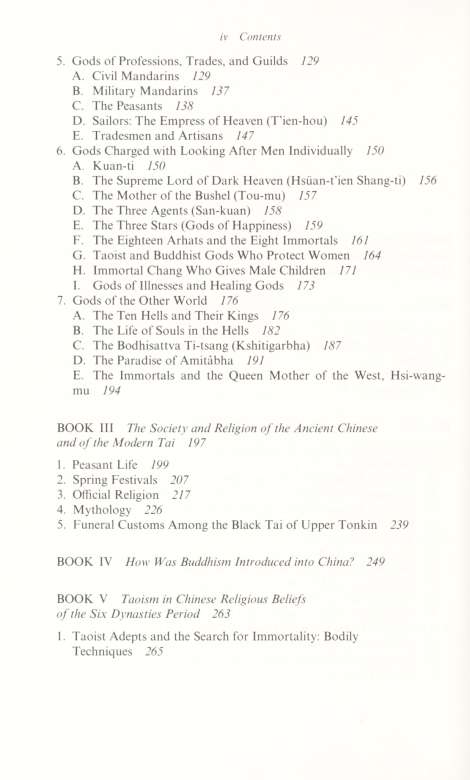
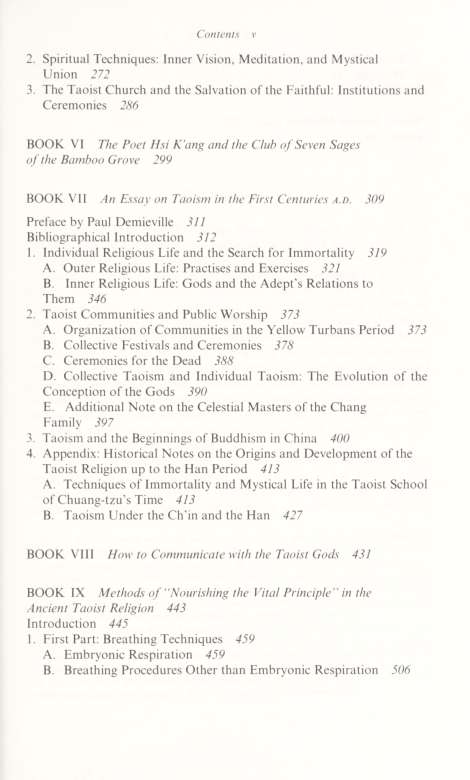
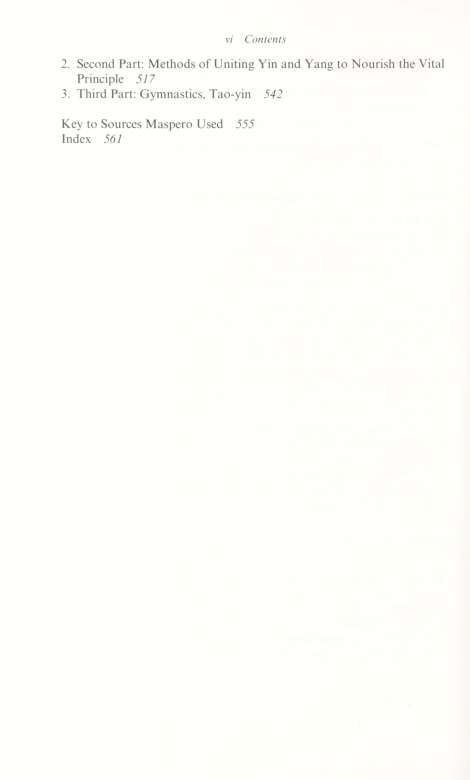
Introduction
The translation into English of Henri Masperos writings on Taoism and Chinese religion underlines the enduring value of a most remarkable achievement in the history of the study of religion, a classic of sinological scholarship that in its own day constituted an unprecedented advance, and, in many ways, remains unsurpassed even now. By the time the Gestapo took Maspero to his eventual death in Buchenwald in 1945, he had spent a quarter of a century investigating Taoism and, based upon study of the texts from its most creative period, had arrived at an understanding of that religions beliefs and practices such as no non-Chinese or even Chinese had attained before him and few have attained since. His perception of the problems involved in understanding the nature of Taoism has influenced a whole generation of scholarship both in East and West, and his presentation of Taoism as a religious system remains a synthesis unique to this day, incorporating research on topics untouched as yet by any successor.
This book, in fact, represents the most remarkable work of a very remarkable man.* Henri Maspero was the son of an Egyptologist, Gaston Maspero (1846-1916),- reputedly the last and certainly the greatest in his day of those who maintained a complete mastery of all the
1. The most detailed accounts of Masperos career are both by Paul Demieville: Necrologie: Henri Maspero (1883-1945), JAs 234 (suite) (1943-45): 245-80, and Henri Maspero et Iavenir des etudes chinoises, TP 38 (1947): 16-42. For a survey of Maspero's scholarship within its intellectual context and an estimation of its value for the present day see D. C. Twitchetts Introduction in H. Maspero, trans. F. A. Kierman, Jr., China in Antiquity [C/4] (Amherst: University of Massachusetts Press, 1978), pp. ix-xxx; the same volume also contains a bibliography of Masperos writings on pp. 498-511.
2. For Gaston Maspero see W. Dawson and E. Uphill, H'lw H'as Who in Egyptology, 2nd ed. (London, 1972), pp. 197-98. It is possible to trace Henri Masperos progress during his first two years up until the appearance of his first seven teeth and beyond on pp. 78-80 of W. Dawson, Letters from Maspero to Amelia Edwards, Journal of Egyptian Archaeology 33 (1947): 66-89. I am indebted to my colleague J. D. Ray for directing me to these materials on a period of Masperos life overlooked by earlier commentators.
via hitroductiou
various disciplines relevant to the subject. Henri Maspero was himself part of a like era of giants in the study of China. This was the first era to produce completely professional scholars capable of holding their own in terms of erudition with their Chinese and Japanese contemporaries, yet the last era in which a scholar was expected to display the breadth of learning of Masperos fathers generation. In East Asia too a new age was dawning during Masperos lifetime, which was to bring to academic life another unique transitional generation, armed with a complete traditional education yet eager to take advantage of the modern Western approach to history. Small wonder that we are now beginning to look back to this period with renewed interest.
Maspero was not the first grand master of French sinology: his teacher Edouard Chavannes by the time of his death already had done much to assure the high standards maintained by his pupils through his insistence on accuracy in translation and his broad treatment not only of political history but also of religion and of Chinas foreign contacts. Masperos slightly older fellow pupil Paul Pelliot extended his erudition to these areas and others besides, laying particular stress on a sound knowledge of bibliographical problems and displaying an almost superhuman breadth of reading in primary and secondary sources. But Chavannes died before he could complete many of the major tasks in which he was engaged, while Pelliot, whatever the boldness of his deeds in China under the declining Ching dynasty, appears always to have quailed in the face of his own erudition and rarely succeeded in marshaling his knowledge into any major interpretative study.
However disparate Masperos own publications may seem, his urge towards a synthesis of his findings was always much stronger. He saw linguistic history, textual criticism, art, mythology, epigraphy, and the history of science as contributing to the total picture of Chinese history. Even his extensive studies in the history of Annam and particularly his many years of ethnographic research in Indo-China provided comparative materials suggesting to him new ways of viewing the ancient society of China. While still in his forties he wrote a comprehensive history of the preimperial age and thereafter was engaged upon research towards a subsequent volume on the period up until the Sui dynasty. This involved him in groundbreaking work in such areas as economic history and led directly to the studies of the Taoist religion translated here.
Yet a full appreciation of the place of Masperos work in the history of Taoist studies requires some understanding of the way in which Taoist literature was disseminated in traditional China and the direction that research into this literature has taken up until the present. For the Taoism that managed to perpetuate itself throughout Chinese history
Introduction i.x
was not a great evangelizing movement proclaiming a new message to all mankind but rather a graded hierarchy of initiates dispensing occult knowledge to disciples persistent enough to learn and wealthy enough to pay initiation fees. The tendency to preserve esoteric secrecy in Taoism was and is strong and, had not countervailing forces also been present, it is doubtful whether modern scholarship would have been left with much in the way of materials to study.
It is fortunate that almost from its inception Taoism had to compete with Buddhism, a universal religion organized along very different lines. Not the least of the results of this was that various Taoist groups which had originally maintained separate scriptural traditions came to conceive of themselves as belonging to a single hierarchy of teachings opposed to Buddhism, just as the diverse Mahayana and Hinayana doctrines were all seen as the teaching of the Buddha. This conception further led to the practice of ranging the various Taoist scriptures together in a single canon after the Buddhist model, probably by the middle of the fifth century a.d.^ It was an act of religious merit to copy out Buddhist scriptures, especially the whole canon, so perhaps it is not surprising that we find the Taoist canon also copied out under imperial auspices during the seventh century.*^ Under the Northern Sung dynasty in 1116 or 1117 such an imperially sponsored compilation was printed for the first time: the title of the collection included the word Tao-tsang, now the normal term for the Taoist canon.^
Font size:
Interval:
Bookmark:
Similar books «Taoism and Chinese Religion»
Look at similar books to Taoism and Chinese Religion. We have selected literature similar in name and meaning in the hope of providing readers with more options to find new, interesting, not yet read works.
Discussion, reviews of the book Taoism and Chinese Religion and just readers' own opinions. Leave your comments, write what you think about the work, its meaning or the main characters. Specify what exactly you liked and what you didn't like, and why you think so.

